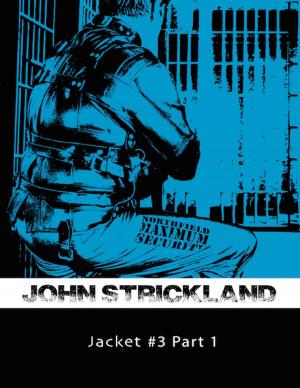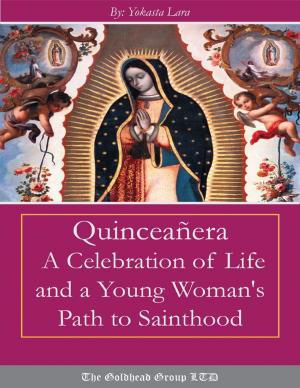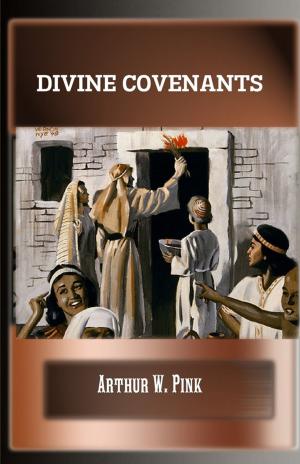| Author: | Virginia Woolf | ISBN: | 9781291550184 |
| Publisher: | Lulu.com | Publication: | September 6, 2013 |
| Imprint: | Lulu.com | Language: | English |
| Author: | Virginia Woolf |
| ISBN: | 9781291550184 |
| Publisher: | Lulu.com |
| Publication: | September 6, 2013 |
| Imprint: | Lulu.com |
| Language: | English |
Published in 1937 by Hogarth Press, The Years was the last novel released during Woolf’s lifetime. It was also the longest in development, having gone through a steady flow of refinements since it was first conceived as a novel-essay in 1931. Much like the previous novel, The Waves, this is as much or more about structure than it is about plot, following the progress or otherwise of the Pargiter family from 1880 up to ‘the present’. Again like The Waves, the stages of narrative presented as brief snapshots are interspersed with poetic vistas of British weather. That the dates coincide with Woolf’s life are not coincidence, writing to Hugh Walpole in 1932 she declared that, “ … only autobiography is literature – novels are what we peel off …” This can be taken in two ways: that a writer is obliged to get through the novels before coming to the more worthy autobiography; or that what’s presented as a novel is no more than the thin outer skin covering up the autobiography underneath.
Published in 1937 by Hogarth Press, The Years was the last novel released during Woolf’s lifetime. It was also the longest in development, having gone through a steady flow of refinements since it was first conceived as a novel-essay in 1931. Much like the previous novel, The Waves, this is as much or more about structure than it is about plot, following the progress or otherwise of the Pargiter family from 1880 up to ‘the present’. Again like The Waves, the stages of narrative presented as brief snapshots are interspersed with poetic vistas of British weather. That the dates coincide with Woolf’s life are not coincidence, writing to Hugh Walpole in 1932 she declared that, “ … only autobiography is literature – novels are what we peel off …” This can be taken in two ways: that a writer is obliged to get through the novels before coming to the more worthy autobiography; or that what’s presented as a novel is no more than the thin outer skin covering up the autobiography underneath.















